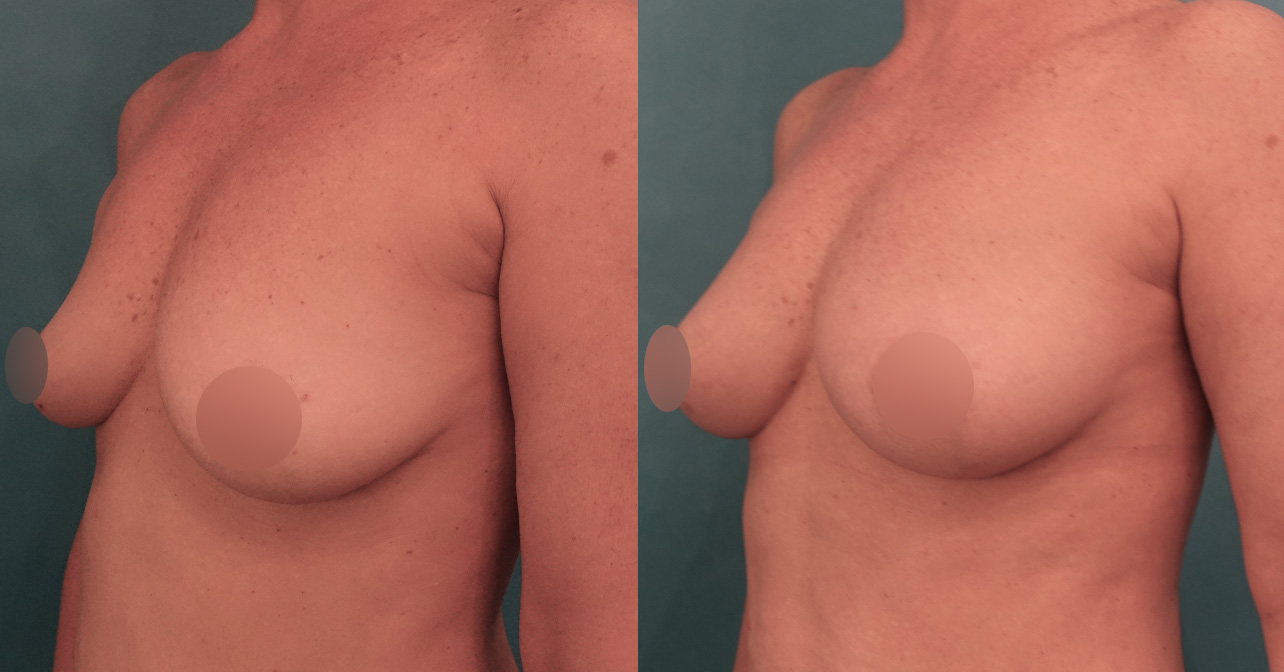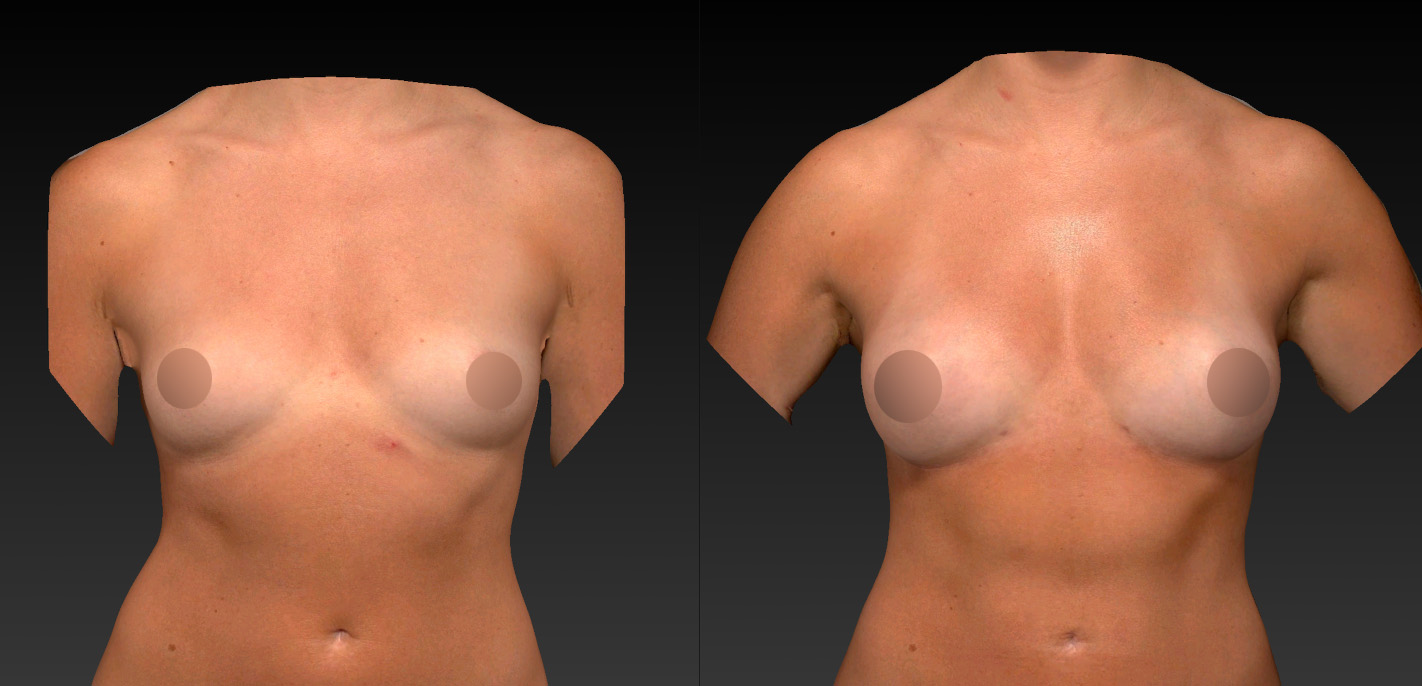Fat transfer, also known as fat grafting, has become increasingly popular in recent years. This procedure involves removing fat from one area of the body and injecting it into another to enhance volume and shape. The popularity of fat transfer can be attributed to several factors, including natural-looking results, using one’s own fat, and its long-lasting effects. As it continues to be a common procedure that many plastic surgeons, including Haute Beauty Ambassador Dr. Sachin Shridharani perform, we sat down with the expert to discuss why body contouring patients continue to swoon over fat transfers.
 Photo Credit: Courtesy of Dr. Sachin Shridharani
Photo Credit: Courtesy of Dr. Sachin Shridharani
What is a fat transfer?
A fat transfer is a minimally invasive cosmetic procedure where a surgeon removes fat through liposuction from one area of the patient’s body and carefully re-injects the fat into another desired area to improve a patient’s body contour. For example, fat may be taken from the abdomen/love handles and then re-injected into the buttocks and hip dips to provide a plumper and more youthful look. The fat is used as a natural filler/volumizing agent. Fat can be placed in just about any location where the patient desires more volume. Popular areas that patients wish to have volumized include, but are not limited to, buttocks (Brazilian butt lift), hip dips, breasts (breast augmentation), and around the mouth, eyes, and cheeks.
What is the average time it takes to recover from a fat transfer?
Each patient slightly varies in the recovery process. Recovery time differs based on the location of the fat transfer and areas where fat is harvested from. It can take 2-3 weeks for the bruising to subside and months for the final swelling to resolve. Most patients can return to work within five to seven days after the procedure and resume most normal activities in about two weeks.
View this post on Instagram
What are the steps to healing properly?
Ideally, the patient should spend the initial recovery time getting as much rest as possible and avoiding strenuous for the first one to two postoperative weeks. Patients often take several days off work to recover from this procedure. We recommend patients stop smoking, treat the transplant site gently, eat a healthy diet, drink plenty of water, and maintain a stable weight. Very importantly, patients must keep pressure off the freshly fat-transferred area and avoid wearing tight articles of clothing. Doing so will help ensure patients retain much of the fat that was transferred. The fat needs to have blood vessels grow into the fat cells, which will not happen if the fat is traumatized or injured.
 Photo Credit: Courtesy of Dr. Sachin Shridharani
Photo Credit: Courtesy of Dr. Sachin Shridharani
What is the usual longevity of a fat transfer?
Results from fat transfer are permanent; however, there is a possibility that not all the fat cells will survive the transfer procedure, resulting in a slight decrease in volume. However, once that remaining fat settles, your results can last for a lifetime. It takes about six to 12 months for the newly injected fat cells to develop a new blood supply and to see the final result.
Does gaining weight or losing weight after a fat transfer play a role in its longevity or just results?
The transferred fat cells that survive beyond 6-12 months are permanent and remain in the new area and behave like other fatty tissue in the body. This means that the transferred fat will respond to weight changes and hormonal fluctuations, just like the fat in the rest of your body. If a patient has a substantial amount of weight gain or loss, these fat cells could expand or shrink, affecting the overall results of the procedure.
For more information, visit Dr. Brian A. Levine's social media:

























